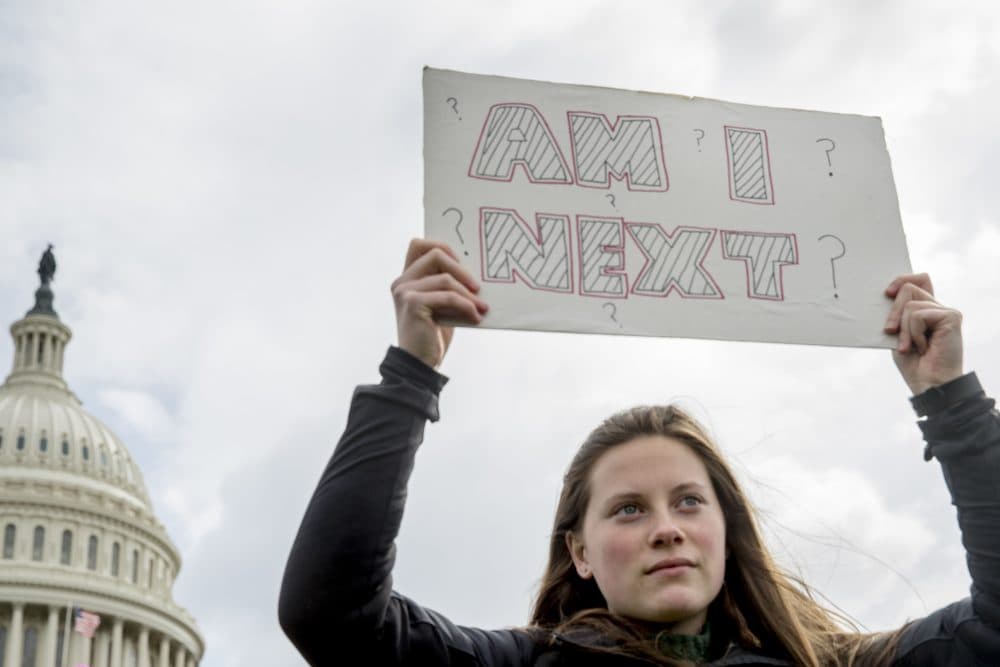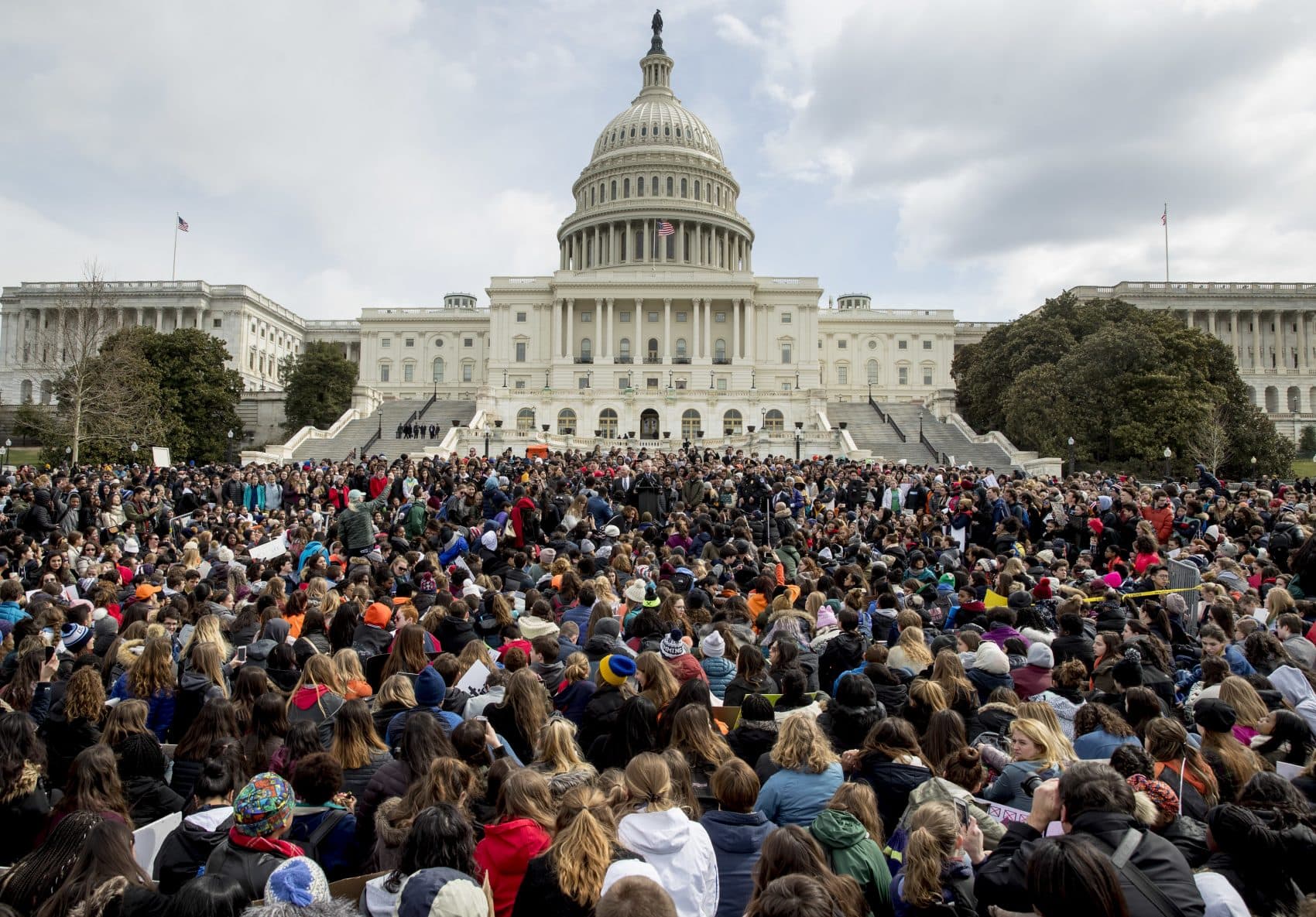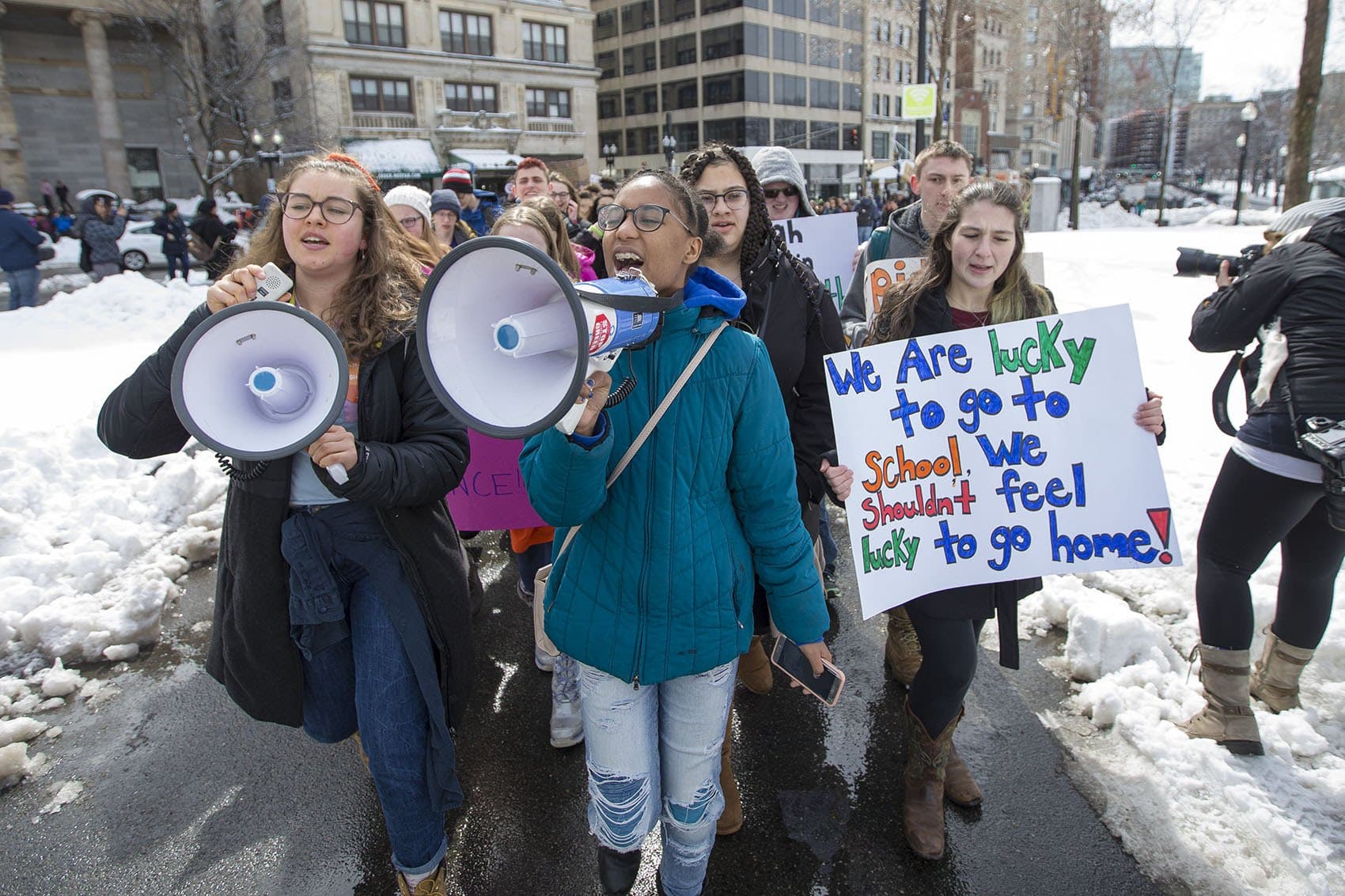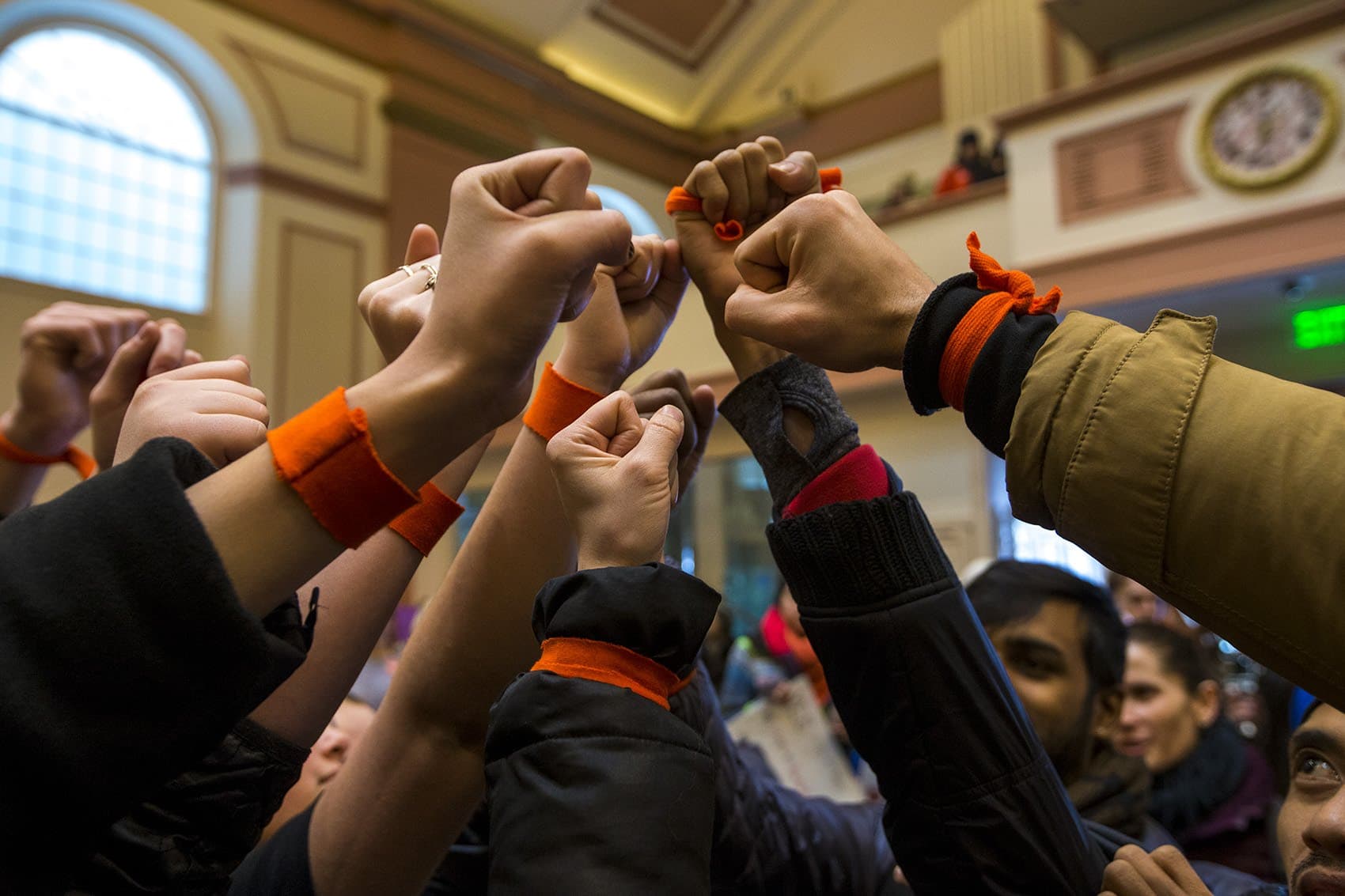Advertisement
Commentary
'Never Again' Students Should Keep Marching, Again And Again

Nearly one million students walked out of school on Wednesday in a coordinated protest calling for gun control. #NationalStudentWalkout was one of the top trending hashtags on Twitter, which is still loaded with videos of students flooding from the doors of their classrooms, amassing outside the White House, and even breaking through gates.
And all of that was just a prelude to the March For Our Lives, which will take place on March 24 and involve students and their allies taking to the streets of D.C. and hundreds of other cities.
Naturally, the big question that countless Americans are asking right now — including the student organizers themselves -- is, what comes next? How does this nascent movement grow beyond the school walkouts and the upcoming marches? What actions can the organizers take to hedge all bets that this coalesces into a political tsunami capable of reshaping the legislative bench this November and beyond?
One answer might be the walkouts themselves.
What if they became a tactical tradition?

What if students and all of us who support their movement gathered and took to the streets each month or week until an assault weapons ban clears Congress and is signed into law?
Right now, there’s another student walkout on the docket for April 20 — the anniversary of the Columbine High School shooting. Imagine if this became the new way in which students paid tribute to the victims of all the other school shootings that have taken place since then. It would invite plenty of controversy -- you can practically hear critics bemoaning the chaos and lawlessness that regular walkouts would seemingly cause — but here’s the thing: There is a modern historical precedent for regular actions like walkouts paying off in dividends.
The first story comes from Canada, and it also involves students. Back in 2012, the government of Quebec introduced legislation that would raise university tuition from roughly $2,100 to more than $3,700. That might sound like peanuts to American readers who’ve taken out loans and sold their plasma to pay for textbooks, but for Canadian students, this hike was drastic and the government’s enthusiasm to make it happen exemplifies the same insulation displayed by U.S. politicians who refuse to take gun violence seriously even after Parkland.
Advertisement

So what did the students of Quebec do? They went on strike. Over the course of 2012, students walked out of class, staged massive sit-ins, blocked roadways, beat pots and pans on the pavement, and eventually began a series of negotiations with the government in which tuition rates were weighed against university administration costs. In the fall of 2012, a new government was elected and the motion to raise tuition was swiftly shelved. The regularity of the student actions paid off. Their most tangible goal — stopping their tuition from skyrocketing — was achieved.
The students behind the walkouts that took place across America Wednesday are similarly focused in their agenda: The short-term goal appears to be banning assault weapons like the AR-15 from the civilian market, while the long-term mission to make government more responsive to the concerns of the people. And while this bodes well for the students waging something comparable to what their Quebecois contemporaries pulled off, many will dismiss the idea that ongoing actions from American students can lead to progress. “America is different than Quebec,” they’ll say. “We don’t have the same tradition of long-term liberal activism.”
Except that we do. Which leads to a second, domestic example.

In 2012, Republicans won control of North Carolina’s legislative and executive branches for the first time in over a century. Gov. Pat McCrory and his colleagues wasted no time in passing a series of laws that made it tougher for voters of color and youth voters (neither of whom tend to support the GOP) to participate in elections. Being a swing state, North Carolina didn’t take these reforms sitting down. A movement of angry residents led by religious progressives sprang up and enacted a radical tradition: Each Monday, these activists would peacefully enter the North Carolina legislature to protest, and a number of them would be arrested.
This became known as the Moral Mondays movement, and it spread to Georgia and South Carolina, where similar laws have been enacted. It invigorated liberal North Carolinians with a sense of solidarity, power and hope against long odds. And it played a significant role in boosting voter turnout in the 2016 elections, where Pat McCrory lost his bid for re-election.
We have every reason to believe that the student protesters are heading in this direction. The movement is hot and malleable. Centralized leadership is being established. Branding and long-term strategies will follow. But for the moment, those of us who support the students can do little but wonder aloud how these walkouts will factor into the record of modern U.S. history and what they will yield.
It’s too soon to answer the second half of that question. But this much is obvious. If what happened on Wednesday happens again — and again — President Trump and his political allies will soon have a lot more to fear than Robert Mueller and Stormy Daniels.
